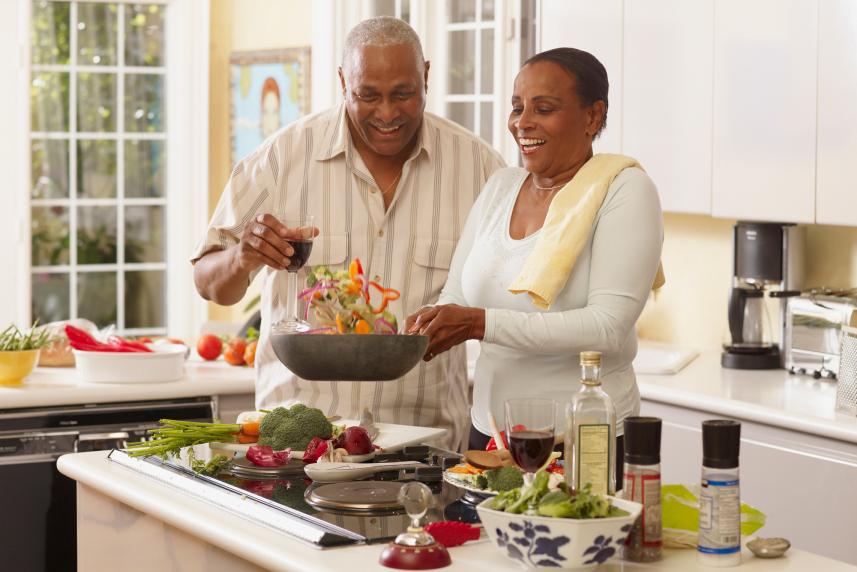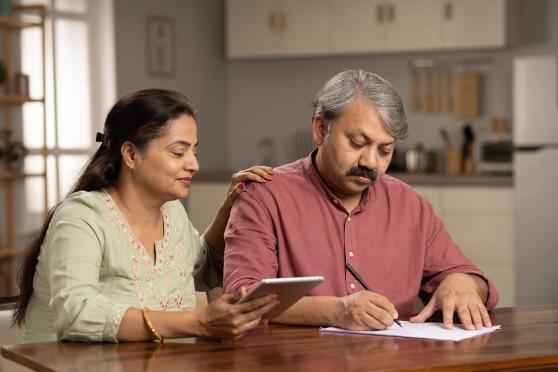Enjoy what you eat while living with diabetes
But watch your portions to help manage your blood sugar.

The good news about eating with diabetes is that you can eat the foods you love. As long as you manage your portions and understand the impact of foods on your blood sugar, no food is off-limits. Karen Kemmis, MS, CDE, a spokesperson for the American Association of Diabetes Educators, says that there’s no one “diabetes diet” to follow. “Everyone eats differently,” says Kemmis. “One variable is how much you eat at each meal.” Talk with a registered dietitian or your doctor to make an eating plan that fits your lifestyle.
SERVINGS VS. PORTIONS
You might think chips from a vending machine are one serving. In fact, a small bag may be two or three servings. The nutrition information on the package tells you what equals one serving. Portion size is more important. A portion is the amount you choose to eat. Managing your portion size is an important part of managing diabetes.
WHAT’S THE RIGHT PORTION?
Talk with your doctor about the portions that will help you maintain a healthy weight. You don’t have to carry measuring spoons or cups with you. Just use this guide for a quick visual reference to know how much you are eating—wherever you are.
| THIS PART OF THE HAND... | IS EQUAL TO ABOUT... |
WHICH IS A SERVING OF... | ||
 |
Fist |
1 cup | Small fresh fruit, raw vegetables |
 |
 |
Palm (open) |
3–4 ounces for a woman; 4–6 ounces for a man |
Meat, fish, chicken |
 |
 |
Handful | 1 ounce |
Walnuts, |
 |
 |
2 Handfuls | 2 ounces | Popcorn, pretzels |
 |
 |
Thumb | 1 ounce | Hard cheese, peanut butter |
 |
 |
Thumb tip | 1 teaspoon |
Butter, |
 |
 |
Index finger tip |
1/2 teaspoon | Cooking oil |  |
|
NOT EVERY HAND IS THE SAME. At home, use measuring cups and spoons to see how the above amounts match your hand. Make a note of what your fist, palm, and thumb are close to in terms of cups, teaspoons, and so on. |
||||


